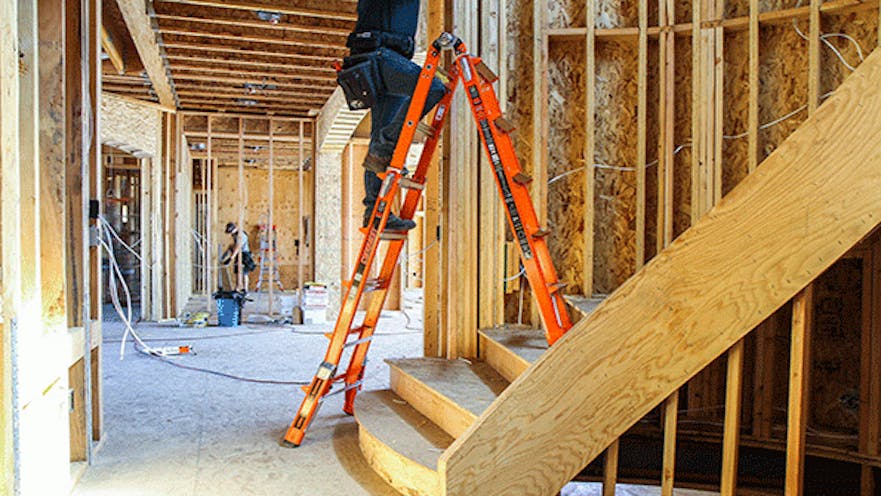Little Giant Ladders manufactures… ladders. But the company also is on a mission to promote ladder and fall safety, even going so far as to team up with other industry groups to create and publicize a Fall Safety Month in 2017 (more on that later).
The company offers a blog called Ladder Safety Hub that provides end users with information and tips about ladder and fall safety.
The company recently posted six things ladder users should know on Ladder Safety Hub:
- Before you use your ladder, make sure the ground you are putting it on is level. If you need to, dig out one side to make the ladder even with the other side. You also can use levelers. Don’t use your ladder on stairs unless you are using an articulating ladder.
- When calculating the weight being put on a ladder, make sure to include the tools and supplies the worker will be using. If the ladder is rated for 250 pounds, and the worker weighs 240 pounds, he or she should have no more than 10 pounds of equipment.
- Why is the bottom rung the most dangerous? Because that’s the rung that gets missed the most. Almost 20 percent of all ladder accidents are caused by the worker thinking he is on the last rung when, in fact, he has another one or two rungs (so one or two feet) to go. These accidents can lead to sprains, strains and, in the more serious cases, broken bones.
- When climbing the ladder, keep your center of gravity between the rails. Often, people will lean to save time so they don’t have to move the ladder. Doing this is not only dangerous, but can cost more time in the long run if there is any sort of accident.
- When working on a ladder, don’t stand on the top rung or top cap. The top rung serves no purpose but to hold a warning label. When a worker climbs on the top rung or top cap, he or she risks a ladder accident.
- Different jobs require different ladders. Don’t use an A-frame when an extension ladder should be used or an extension ladder when an A-frame would be better.
